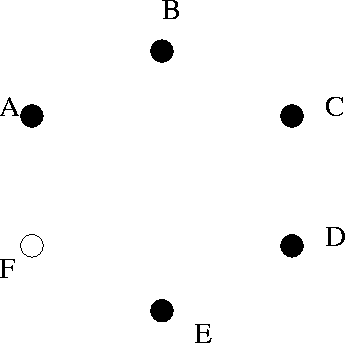
The Hierarchical Terms Rule ensures that our parameters will have nice interpretations, just as with ANOVA models: an interaction term fits the variation in the data that is not well-modeled by the corresponding lower-order terms. However this rule is not very helpful in building up a model.
For high dimensional tables (say 6 or higher) it is very difficult to develop models (let alone good models) without some form of extra guidance. A special case of hierarchical models, called graphical models allow one to draw useful pictures which can be a major help in selecting and interpreting models.
A graphical model is a hierarchical model (satisfies the Hierarchical Terms Rule above) that also satifies the following ``triangulation rule'':
Graphical Terms Rule: If A, B, and C are factors then the interactions A*B, A*C, and B*C imply that the A*B*C interaction must also be in the model.
Consider a model with 6 factors ( A-- F). Draw 6 points. For each two-way interaction in the model, add a line joining the points. For each factor not included in the model, change the filled circle to an unfilled one.

As an example, the model A*B*C + C*D*E has the following picture.
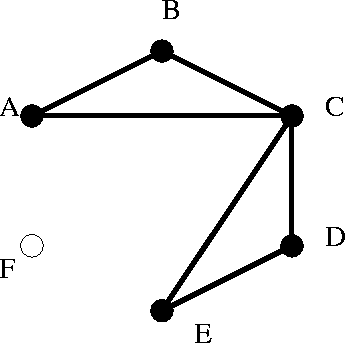
From the picture we can read off that D and E are independent of B and A given C.
Can we draw a picture of A*B*C + C*D*E + A*E?
A useful way to use these graphs is the choose models by adding and deleting edges to the graphs.
For example,
-0.5in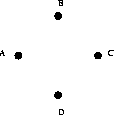 is A+B+C+D,
is A+B+C+D,
and
-0.5in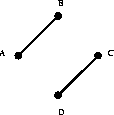 is A*B + C*D,
is A*B + C*D,
and
-0.5in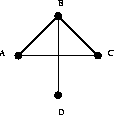 is A*B*D + C.
is A*B*D + C.
Notes: